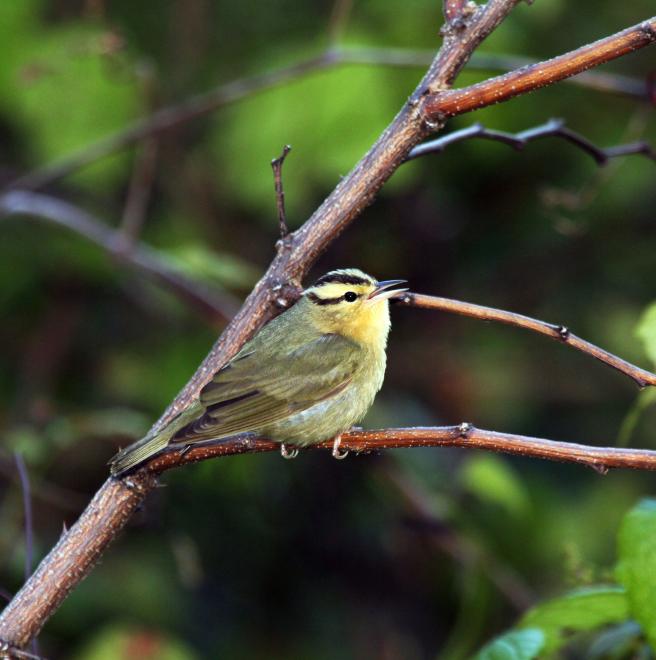

This handsome species doesn’t probe the ground for earthworms, but rather, specializes in feeding from clusters of dead leaves, which might explain its overall coloration. It hangs upside down and probes into the leaves, often finding small caterpillars, or “inchworms,” to consume. The model’s projections do not paint a rosy picture for the species. Audubon's climate model projects an 89 percent loss of current summer range by 2080, showing a general diffusion of suitable climate to both the north and south.
Explore more birds threatened by climate change around the country.





















It's easier than you think to make a difference. Become an Audubon member today to help birds facing climate change.